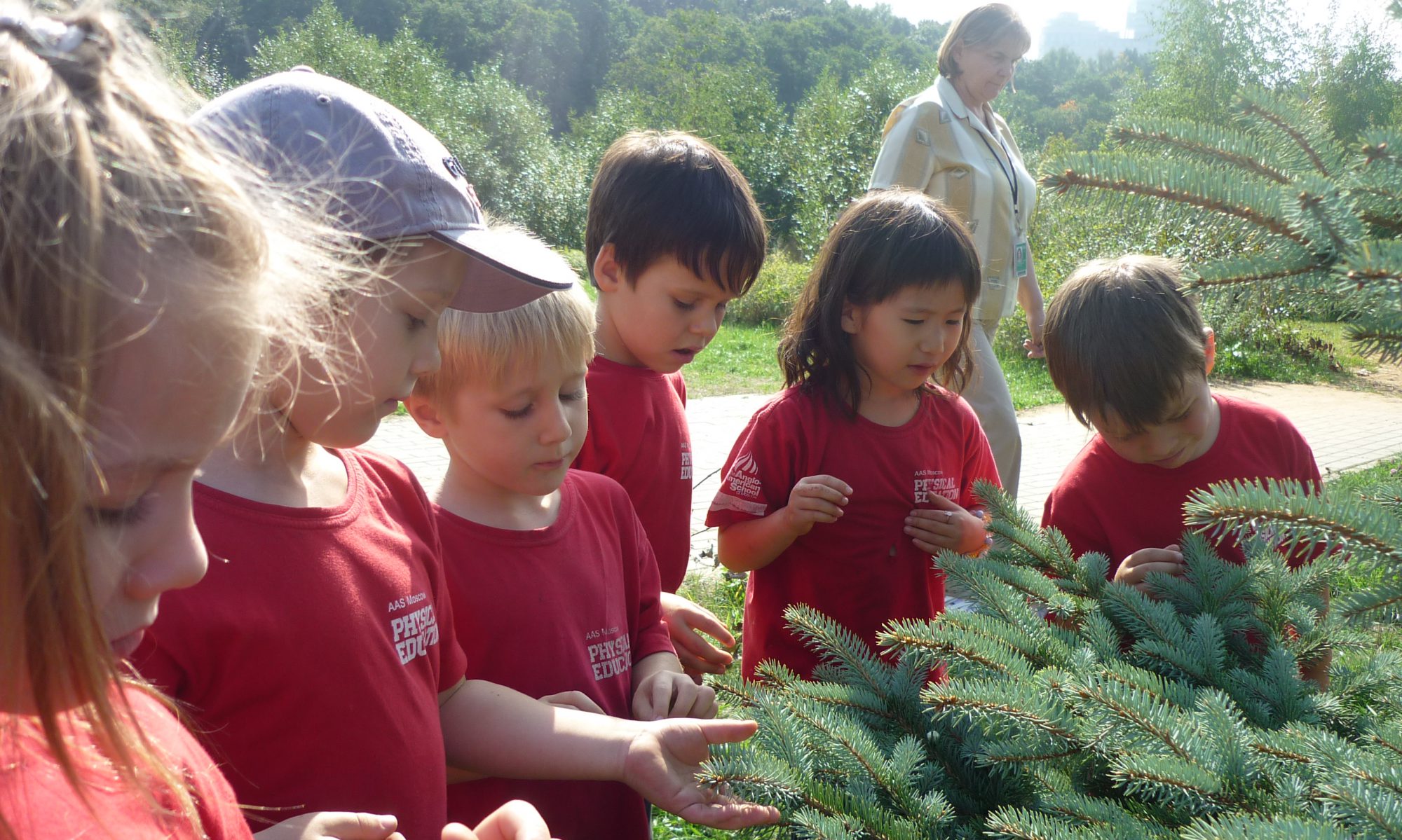In celebrating the 100 day of school, KZE students came up with activities that are 100 related. One of the activities was using 100 paper strips to make a paper chain. Before starting, each group came up with a plan on how to keep track of numbers. Then they put the paper strips together to make the paper chains. At last, they did reflection on how their plan worked. Following (and the video) documented student’s learning process:
Group 1 decided to count out 100 paper strips first, they counted by 10s. Lisa and Safiya were partners and worked from one end of the chain sharing the work taking turns in loading and stapling. Trace and Michael were partners and worked from the other end of the chain with Michael loading the strips and Trace stapling them. Group 1 completed their chain in the fastest time. They agreed that their strategy was good as they worked from both ends of the chain at the same time.
Lisa: ‘We only had 1 strategy and it worked really well the first time.’
Group 2 decided to write down a number each time a partner put in one paper strip. At the beginning Scarlett recorded while other group members took turns in adding a chain. This was very slow. So Group 2 decided to change their strategy to speed up the process.
Scarlett: ‘Doing things in turns took a long time.’
Kyle: ‘If we each did something different it went quicker.’
With the new strategy – Scarlett tracked the number, Fatima passed the strips to Kyle and Liam, and they loaded and stapled the chains working from opposite ends. So although the first strategy ‘kind of worked’, changing it slightly meant Group 2 were able to complete their chain faster and were the second group to finish.
Group 3 decided to use a hundred chart to help keep track of the numbers of paper strips that were used. They each took turns coloring a number and adding a chain. This strategy did not work well and was very slow. To speed up the process, Group 3 changed their strategy. They began to work from both ends of the chain and both ends of the 100 chart. On reflection Group 3 decided that they would not use their first strategy again.
Emerson: ‘The plan did not work very well.’
Daisy: ‘It was really slow and we came last.’
They decided they would use a whole new strategy and start from both ends right at the very beginning.
Question: KZE made three paper chains with 100 strips each. Are they all the same length or are they different? How are we going to find out?
Daisy: ‘The chains will be the same length because they all have 100 paper strips.
Kyle agreed but Lizzy was not sure. Nearly everyone in the class thought they should be the same length but agreed with Lizzy that they could not be sure. Lisa suggested we measure the chains to find out. There were many suggestions on using rulers or blocks. Lizzy figured out that the best way to do it was to put the chains side by side and see. KZE took their chains into the corridor and we measured them. Group 1 had the longest chain while Group 2 and 3 were similar in length.
Why were they different?
Daisy suggested we count Group 1’s chain again and make sure there were only 100 strips in it.
We went out and recounted Group 1’s chain and discovered that there were really 104 strips in it instead of 100!!!! When we removed the extra 4 strips, all 3 chains were the same length!
Question: Is one of our 100 chains longer than all the students in KZE combined?
Most students thought the chain would be shorter than the combined length of the students in KZE. Emerson and Michael thought it would be longer.
We went back into the corridor and the KZE students lay top to toe alongside one of the paper chains. The paper chain was as long as only 8 students and we had 12 students in the class today. This showed that the chain was shorter than the combined length of the students in KZE.
